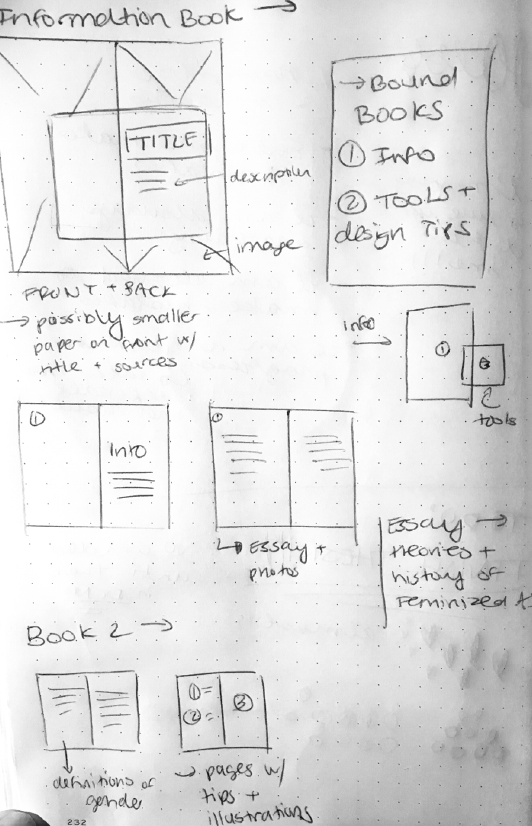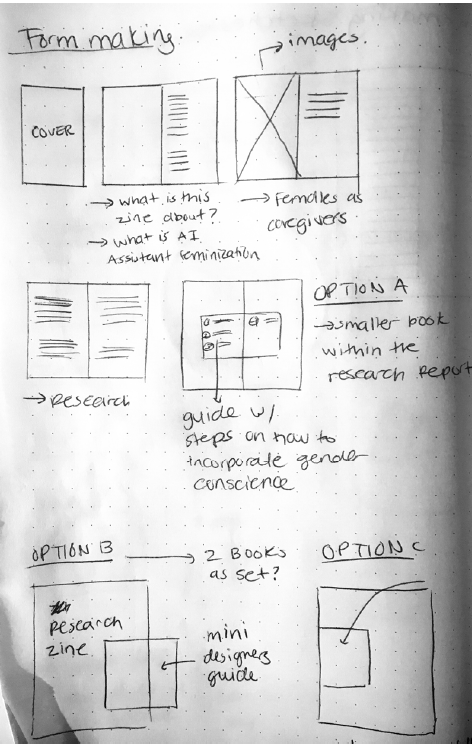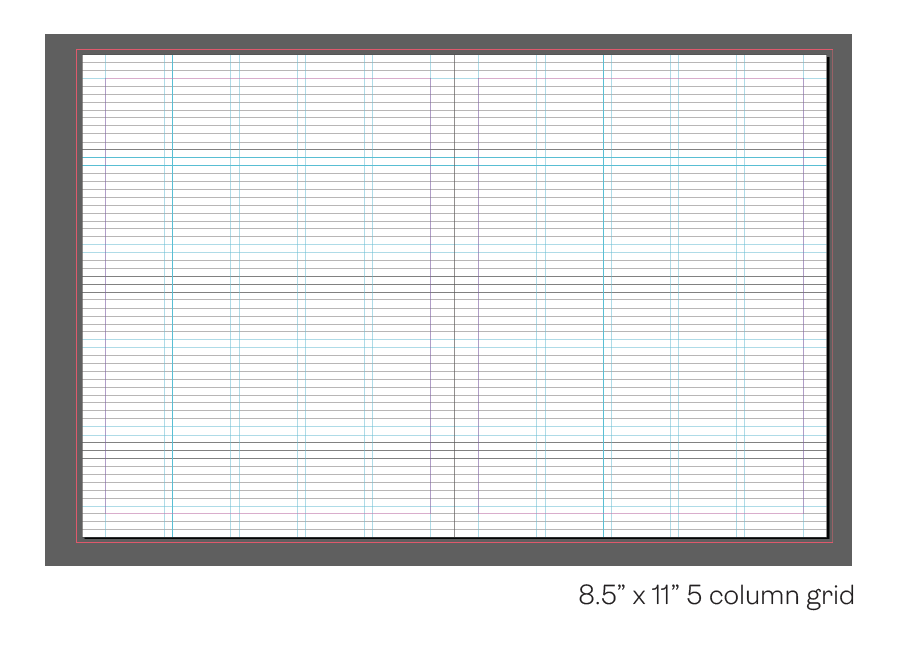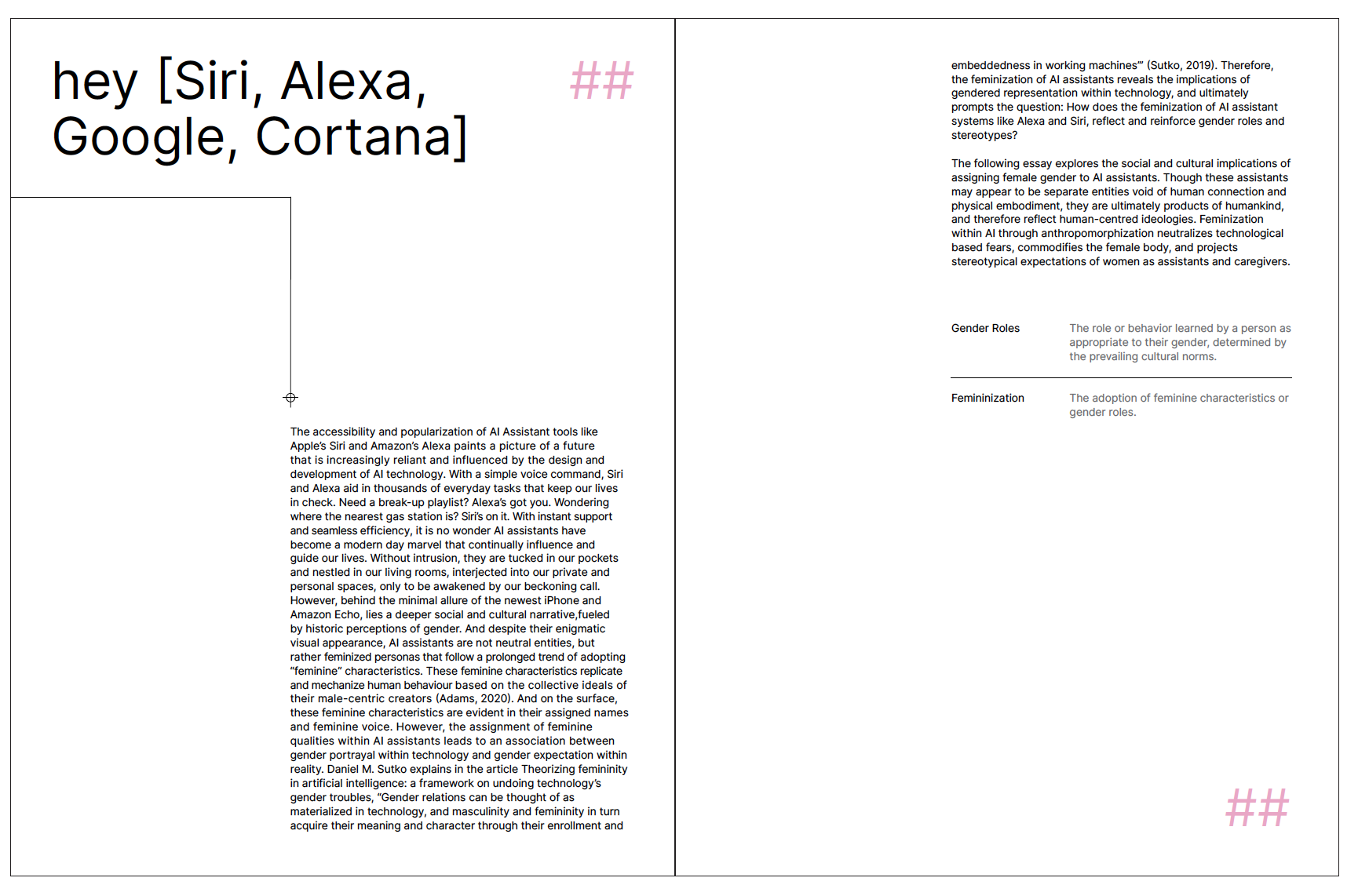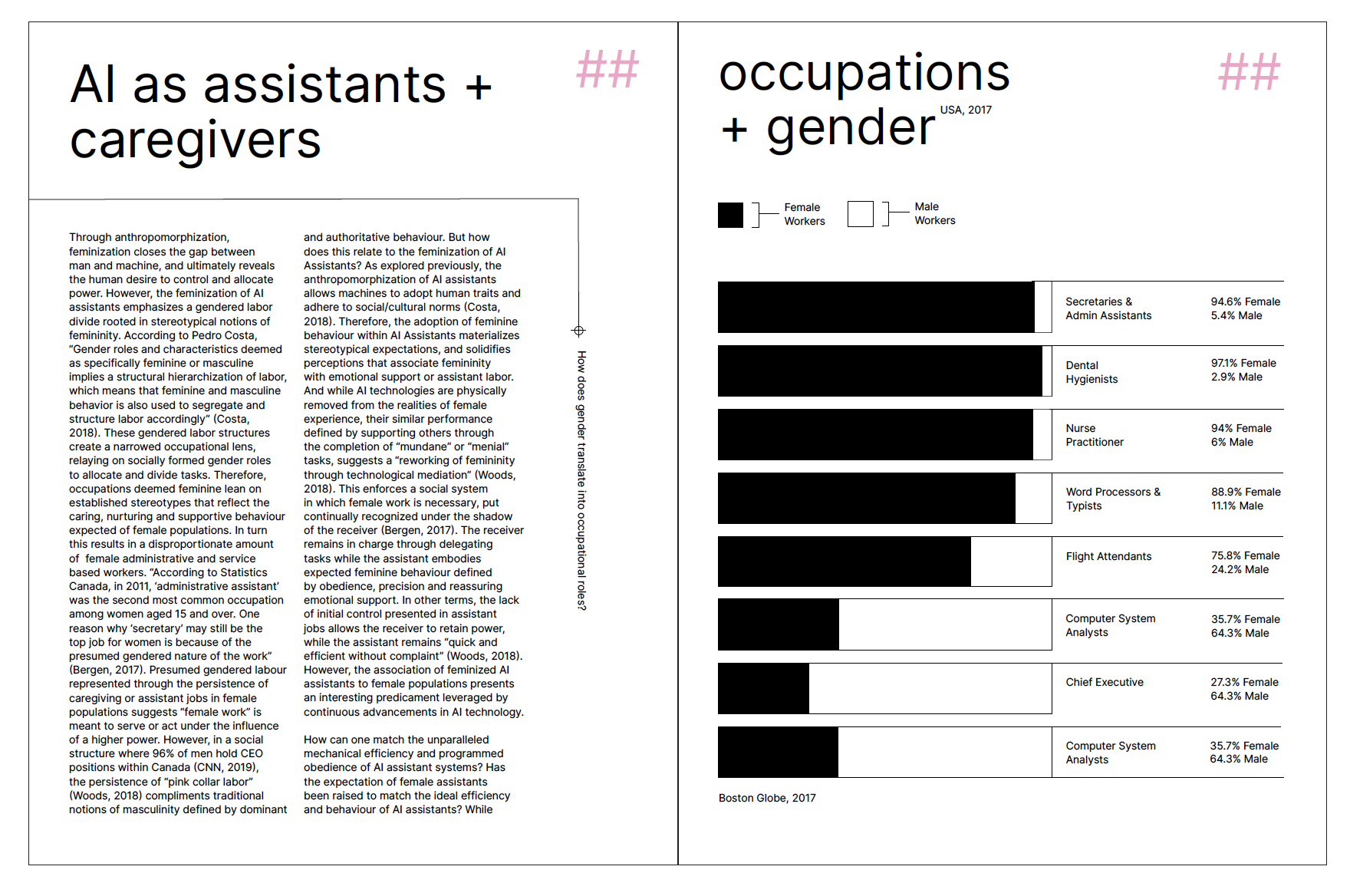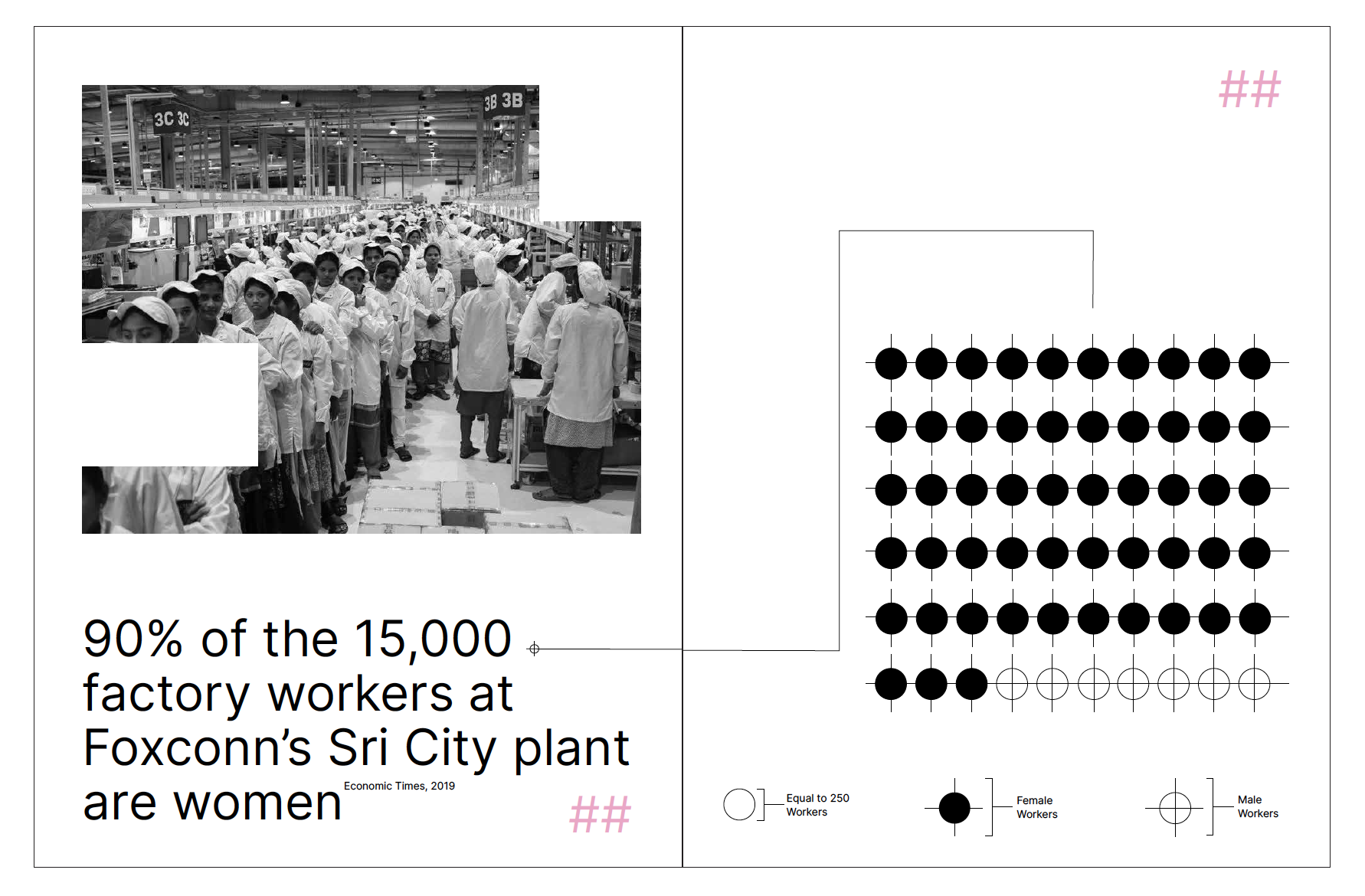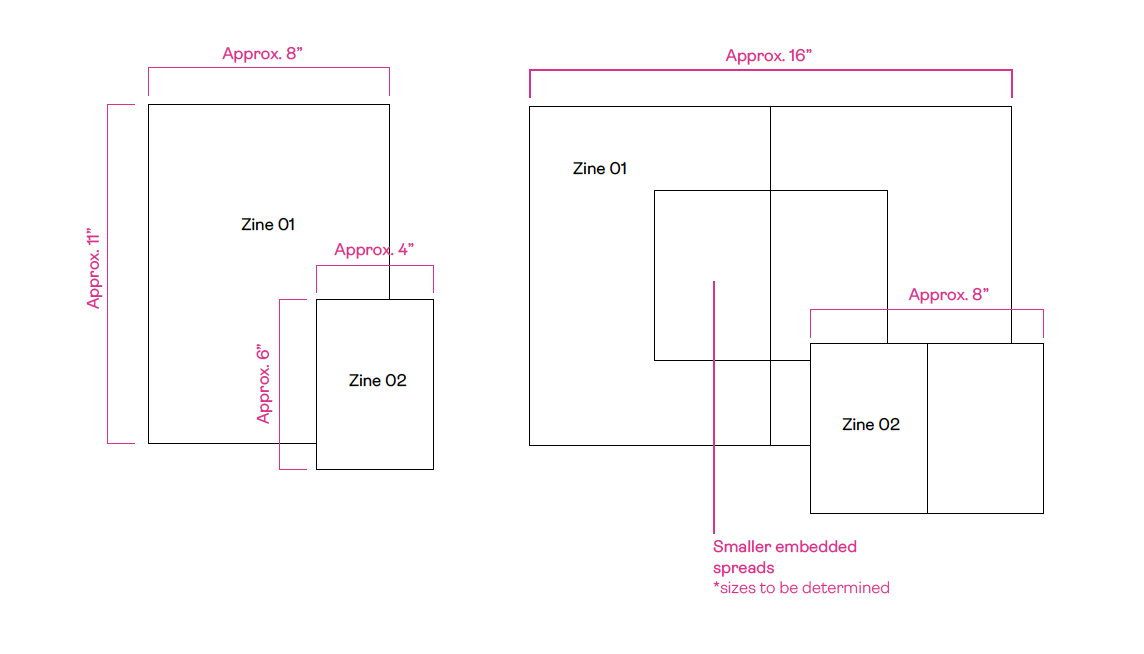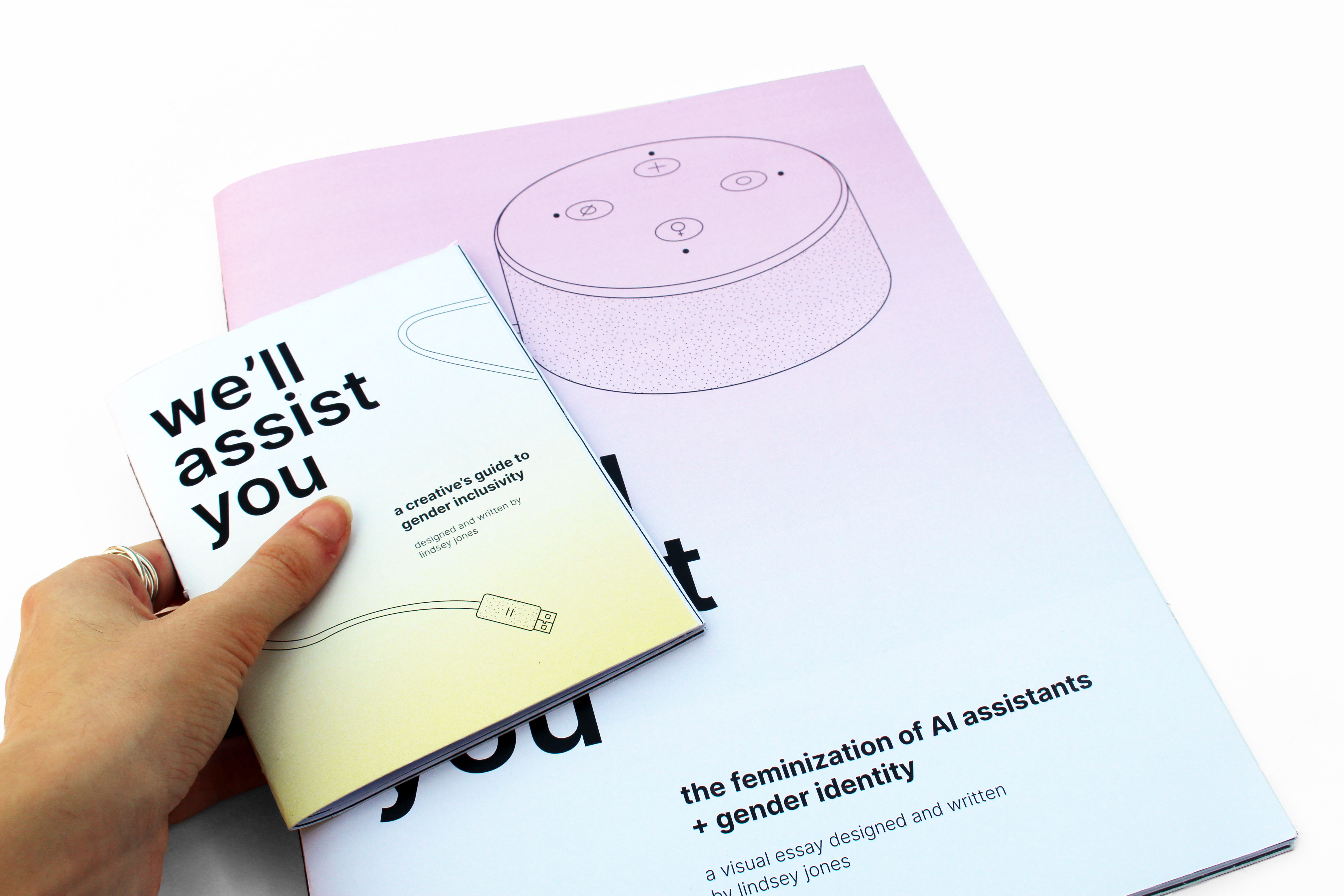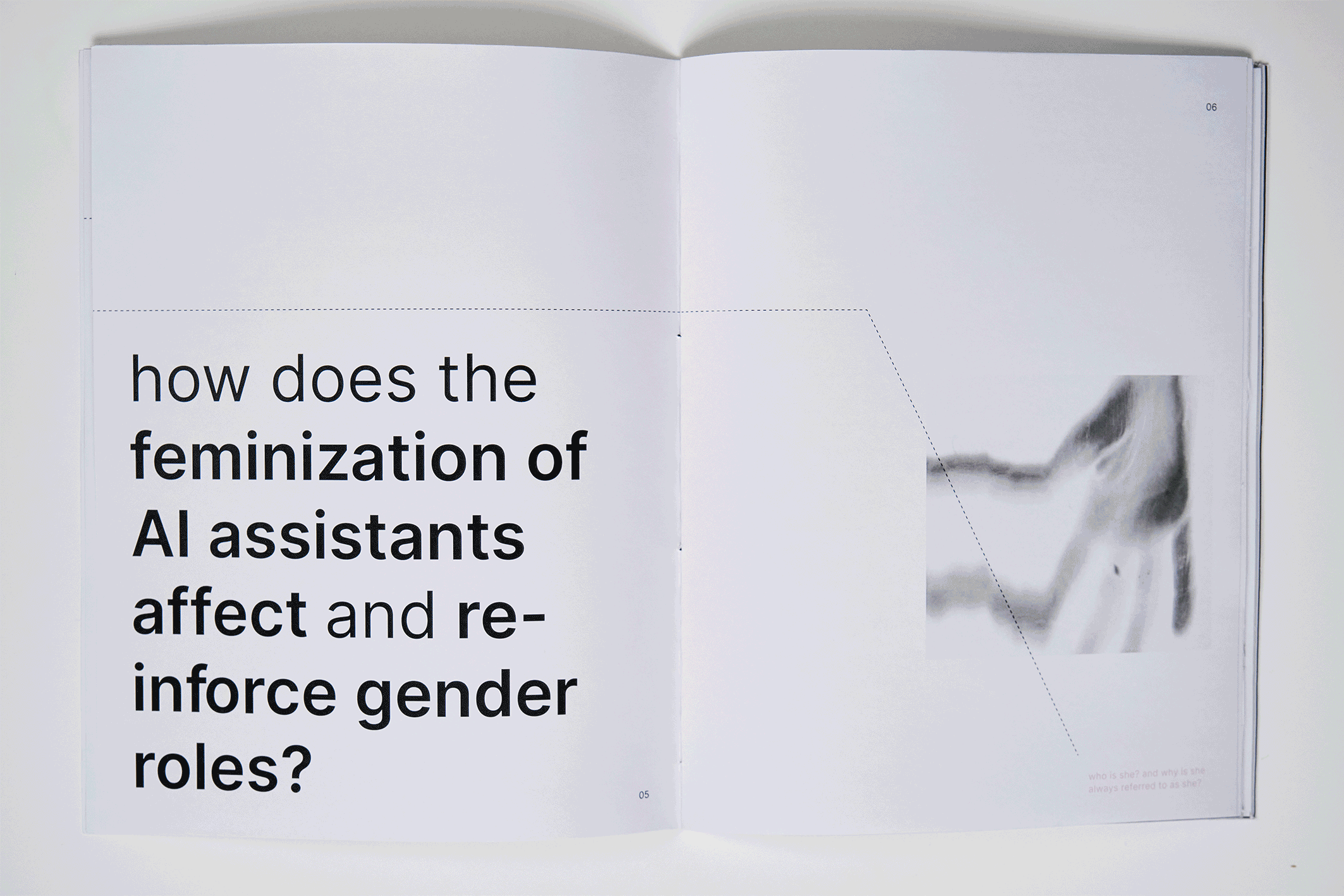She’ll/We’ll Assist You
Exploring the feminization of AI assistants and gender identity within design practice.
A two-part publication created for my fourth year capstone project in completion of YSDN. The project critiques the relationship between social structures and gender representation within AI assistants and technology. Inspired by the raising influence of AI assistants in everyday life, both She’ll Assist You and We’ll Assist You aims to empower others to question the impact of technology, and foster design systems that promote gender equality and inclusive representation.
Timeline︎︎︎Research: September 2020–April 2021
Role︎︎︎ Research, Illustration, Copywritting
Tools︎︎︎ Adobe Illustrator, InDesign, Photoshop
The Problem
Historically, female populations are expected to act as assistants and caregivers, abiding to the needs of others. Therefore, through the assignment of feminine/female characteristics like voice and name, AI assistants reflect and instill female gender roles and socially formed stereotypes (ie. women as caregivers or the association of femininity with passive behaviour).
Additionally, through a male dominated tech industry, AI assistants directly reflect male knowledge systems. The lack of gender inclusive knowledge within AI design perpetuates false notions of femininity and relays stereotypical behaviour.
Historically, female populations are expected to act as assistants and caregivers, abiding to the needs of others. Therefore, through the assignment of feminine/female characteristics like voice and name, AI assistants reflect and instill female gender roles and socially formed stereotypes (ie. women as caregivers or the association of femininity with passive behaviour).
Additionally, through a male dominated tech industry, AI assistants directly reflect male knowledge systems. The lack of gender inclusive knowledge within AI design perpetuates false notions of femininity and relays stereotypical behaviour.
How does the feminization of AI assistants affect and reinforce gender roles?
The Solution
In response to my research I created two printed publications/zines that outline my findings and seek solutions to gendered design systems.
She’ll Assist You
A research-based essay prompted by my initial research question. She’ll Assist You utilizes text, data and experimental imagery to inform viewers about the feminization of AI and it’s connection to culturally formed gender roles and stereotypes.
a) Anthromorphization
b) AI as caregivers
c) Disembodiment
We’ll Assist You
A pocket guide for designers interested in introducing gender inclusivity into their design practice. The guide contains easy to follow intructions with illustrated diagrams with a focus on content creation.
a) Gender + sexuality basics
b) Creating content
︎︎︎gender inclusive language
︎︎︎indicating gender (online forms)
︎︎︎gendered visual narratives (pinkification)
︎︎︎user testing
︎︎︎design rationale

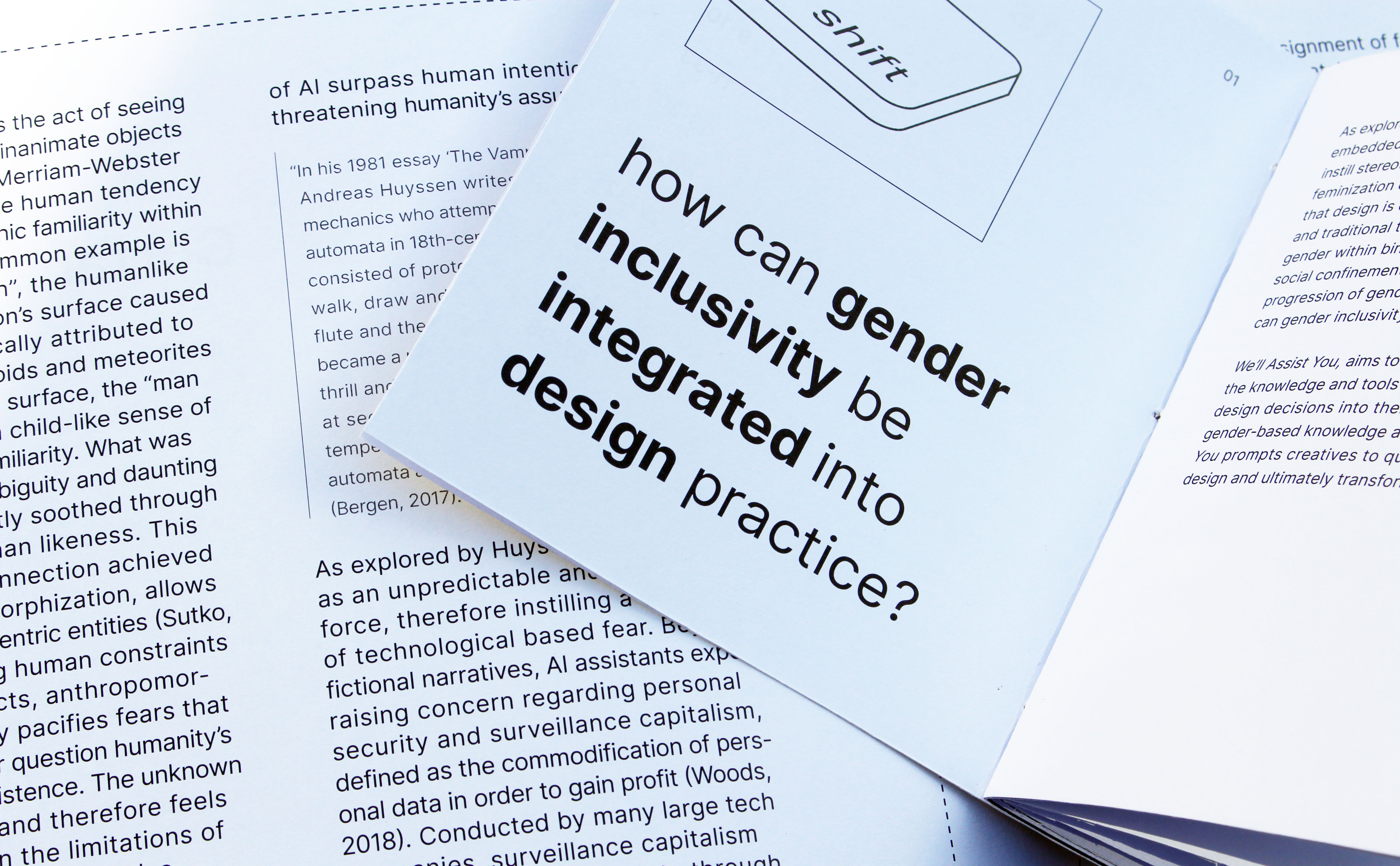

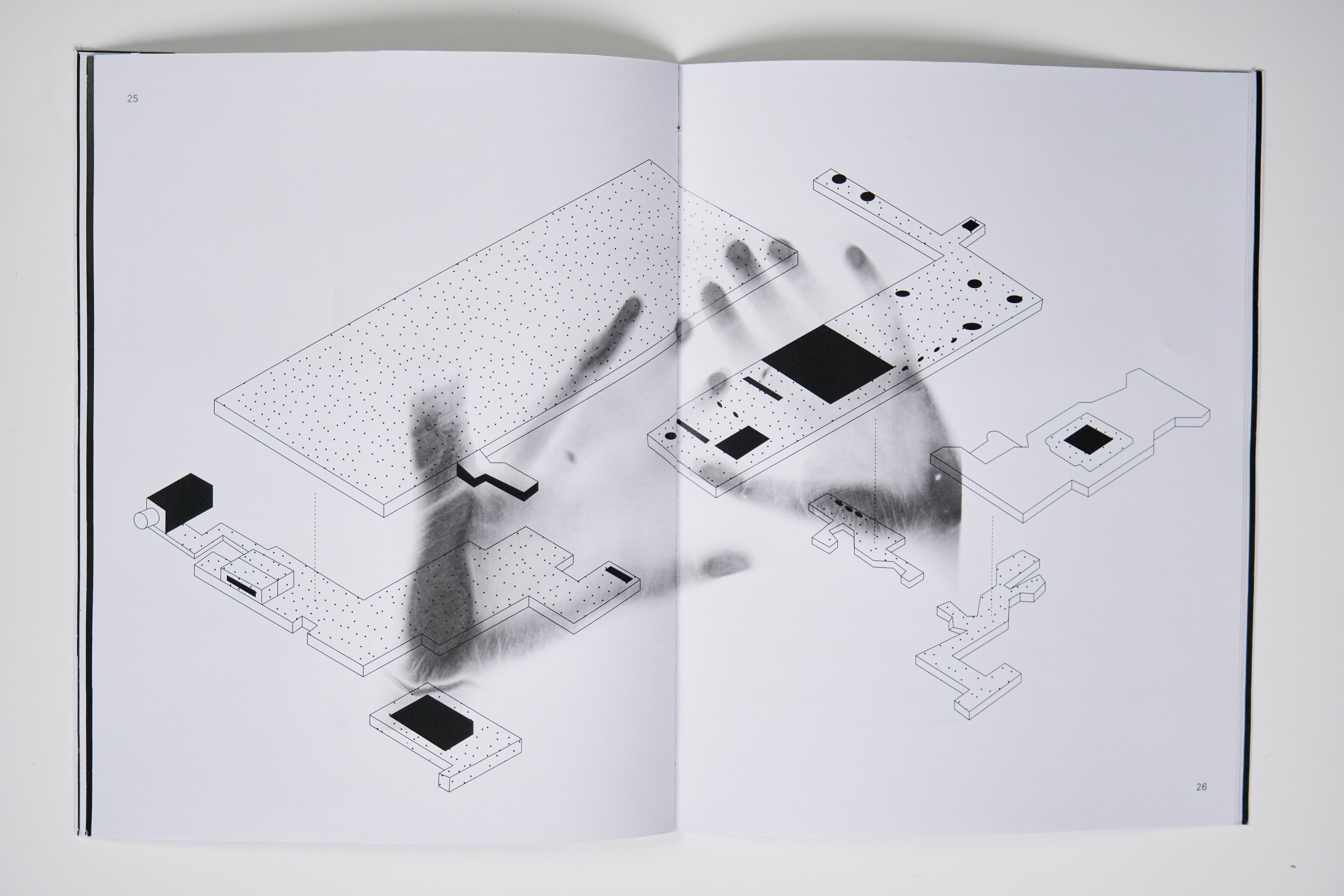
Visual Style
Inspired by user manuals and their clean, minimal aesthetic, the visual style of each zine comments on the notion of re-learning and dissecting what we know about design in relation to gender. The clean lines and mechanical style of the graphics highlight the simplistic and futuristic allure of AI. However, the introduction of scanned photography introduces a juxtaposition that compliments the humancentric flaws of feminized AI assistants. And despite their technological beauty, they remain a vessel for gender disparities and stereotypes.
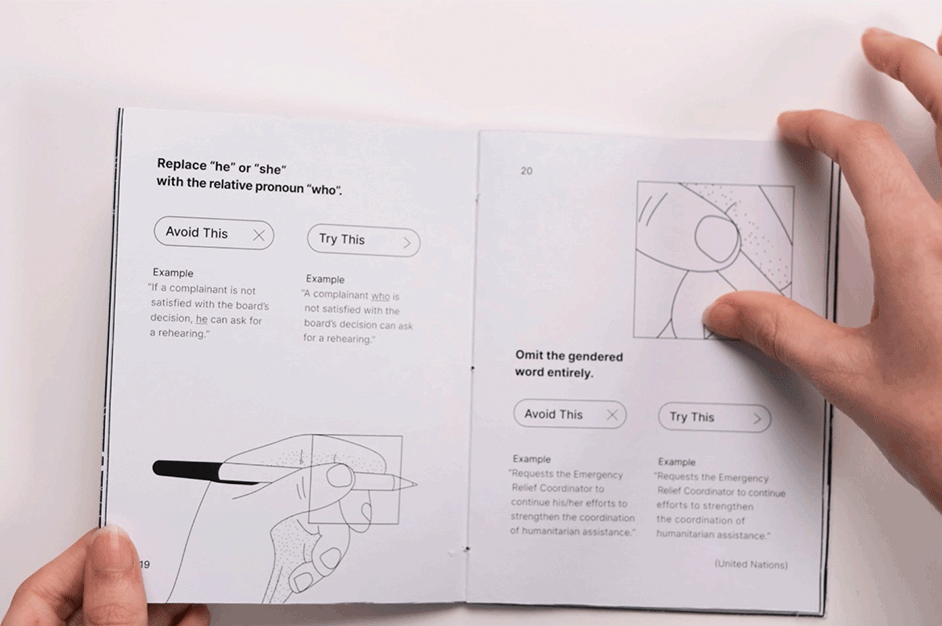

Process
Unlike most of my projects where I dedicate a week or two on research, the total research portion of this project took a total of 3 months! Therefore, I was really able to absorb and fully understand my topic before applying visuals. This was super exciting to me since I did not know too much about the topic before starting my thesis journey!
Finding the right topic
At first finding the right topic for my thesis felt daunting and overwhelming, however one day Siri unexpectedly came to the resucue after popped up on my phone. This triggered a chain of questions. Who is Siri? And why is she always a she? From there I became obsessed with discovering the social impact of AI technologies.
Research
Once I settled on my research question, I started doing secondary research. I found academic articles that explored the link between female representation in AI and female stereotypes. Once I collected the articles, I analyzed each article to gain as much insight on the topic as possible.
![]()
![]()
![]()
Key Research Findings/arguments
a) The assignment of stereotypical feminine characteristics/behaviour to AI neutralizes technology based fears (ie. feminine behaviour is culturally + historically seen as non threatening).
b) Feminized AI’s submissive/caregiving behaviour translates into real life expectation that female populations should be submissive/cargiving.
c) The disembodiment of AI is compensated through overly “feminine” / stereotypical behaviour
d) A long history of AI/cyborgs represented as female characters in media, strengthens the assumption that AI can only be represented as female
e) Gendered labour systems reduce female representation in higher positions.



Key Research Findings/arguments
a) The assignment of stereotypical feminine characteristics/behaviour to AI neutralizes technology based fears (ie. feminine behaviour is culturally + historically seen as non threatening).
b) Feminized AI’s submissive/caregiving behaviour translates into real life expectation that female populations should be submissive/cargiving.
c) The disembodiment of AI is compensated through overly “feminine” / stereotypical behaviour
d) A long history of AI/cyborgs represented as female characters in media, strengthens the assumption that AI can only be represented as female
e) Gendered labour systems reduce female representation in higher positions.
Finding a solution through design
Despite a technology-based topic, I decided to create two printed zines/publications. The tactile qualities achived through print, act as a juxtoposition and comment on the transfer of historic stereotypes to advanced technologies like AI and AI assistants. Additionally, zines are traditionally associated with feminism and counter-culture, therefore I wanted to utilize print to pay homage to a rich history of print and social/cultural movements.
Research Report + Design Inspiration
After deciding on a plan of action, I synthesized my research in a report and collected design examples for visual inspiration.
Report Content included
a) Lit Review
b) Research + Topic mindmapA handwritten mindmap organizing the topics discovered through research
![]()
![]()
![]()
c) Target Audience Analysis
Designers, content creators and tech lovers
d) Context
Answering the question why the topic is important
e) Form Making
Printed Zines
f) Inspiration
A collection of visual inspirations + case studies
![]()
![]()
Report Content included
a) Lit Review
b) Research + Topic mindmapA handwritten mindmap organizing the topics discovered through research
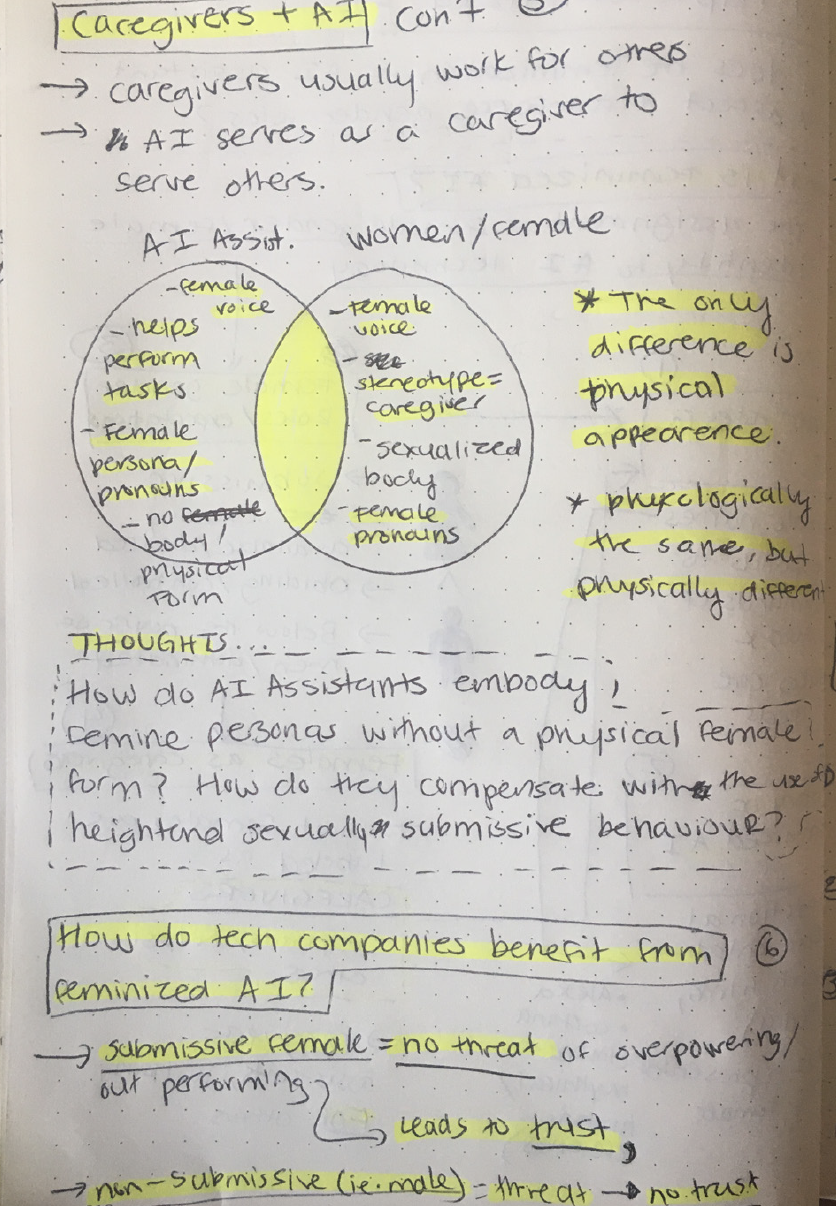
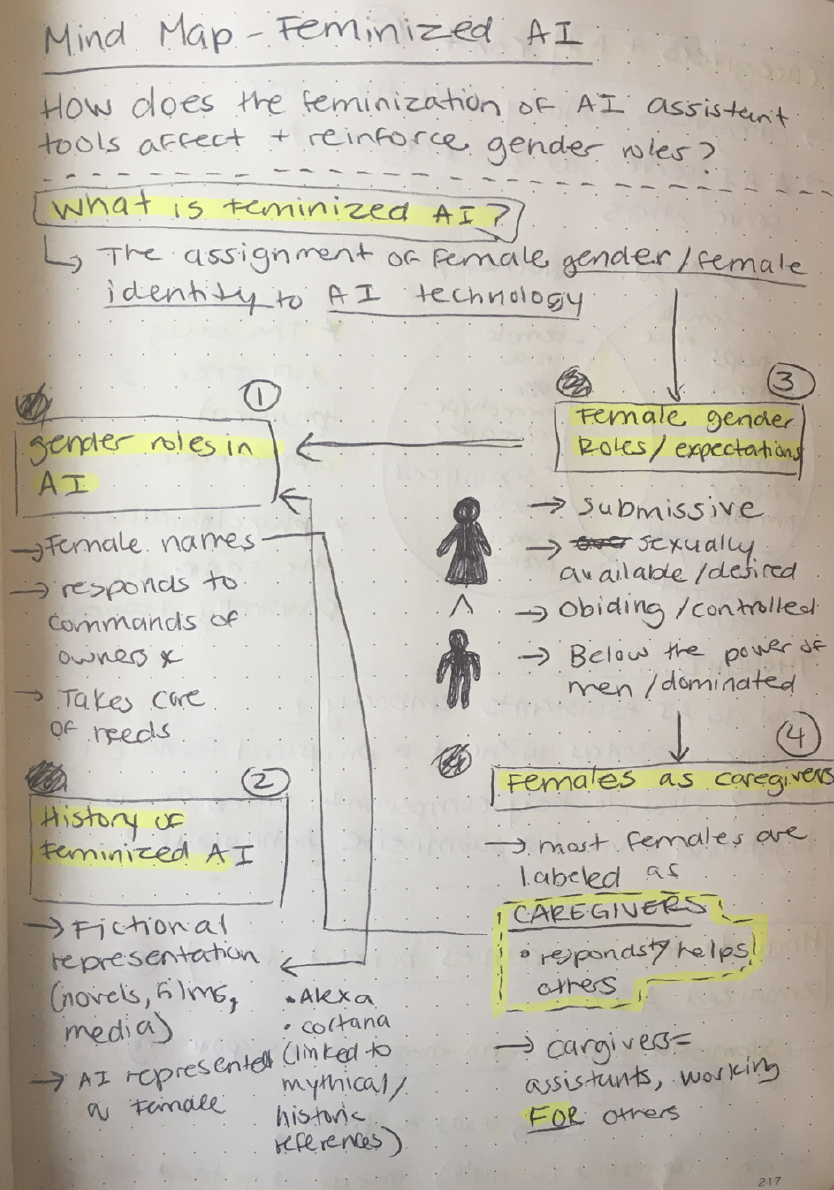

c) Target Audience Analysis
Designers, content creators and tech lovers
d) Context
Answering the question why the topic is important
e) Form Making
Printed Zines
f) Inspiration
A collection of visual inspirations + case studies
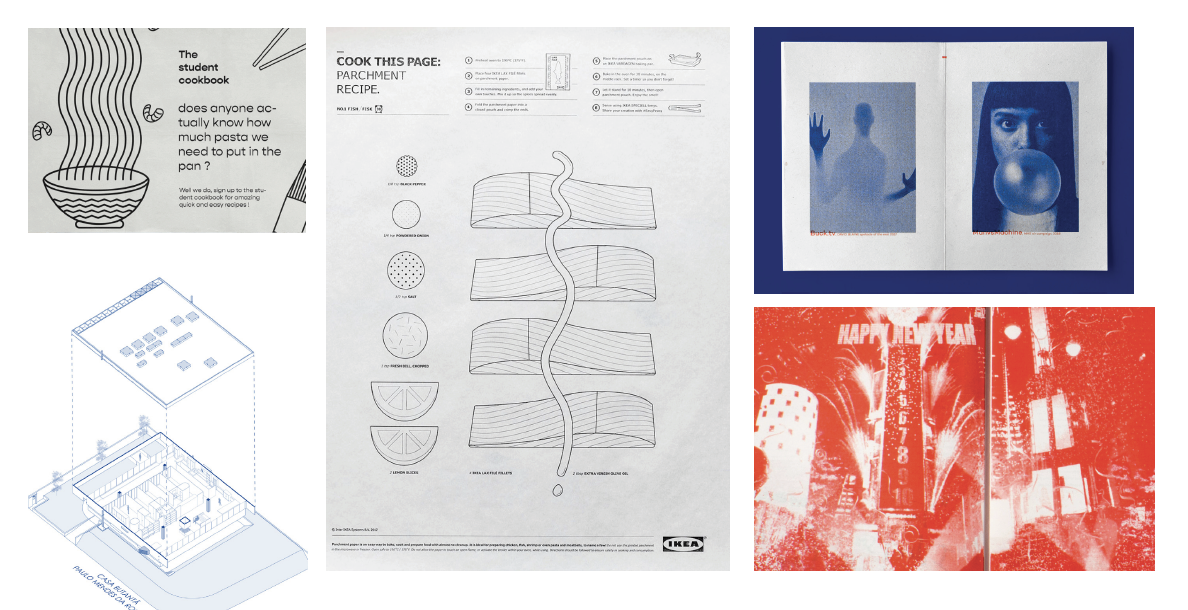
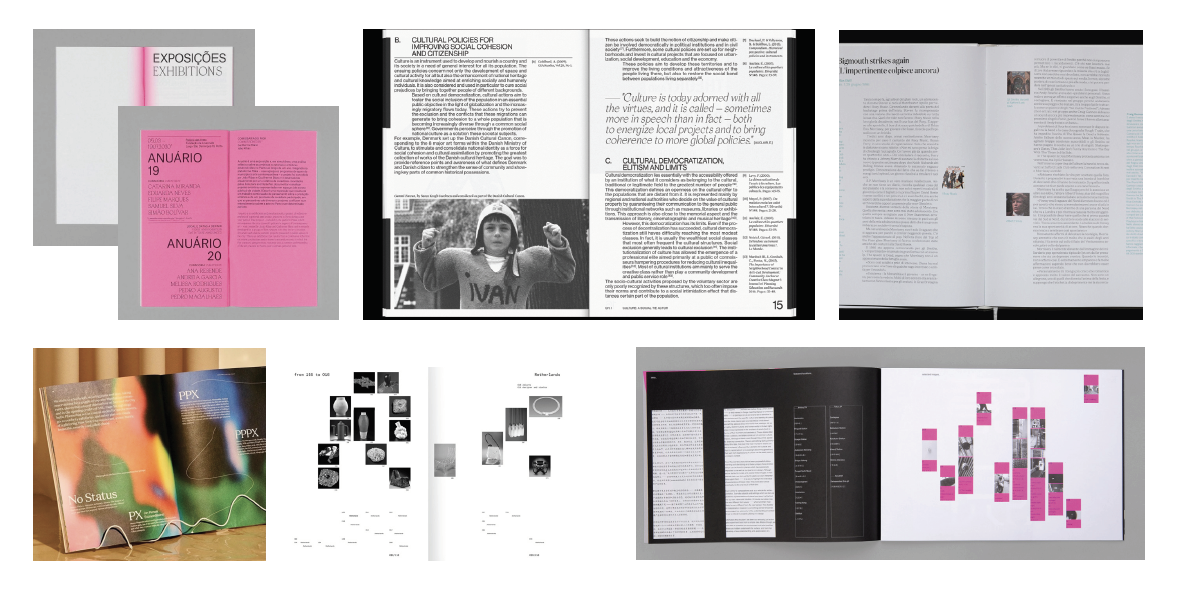
Sketches + Rough Drafts
